Urban regeneration proposed to improve Industry-City relations.
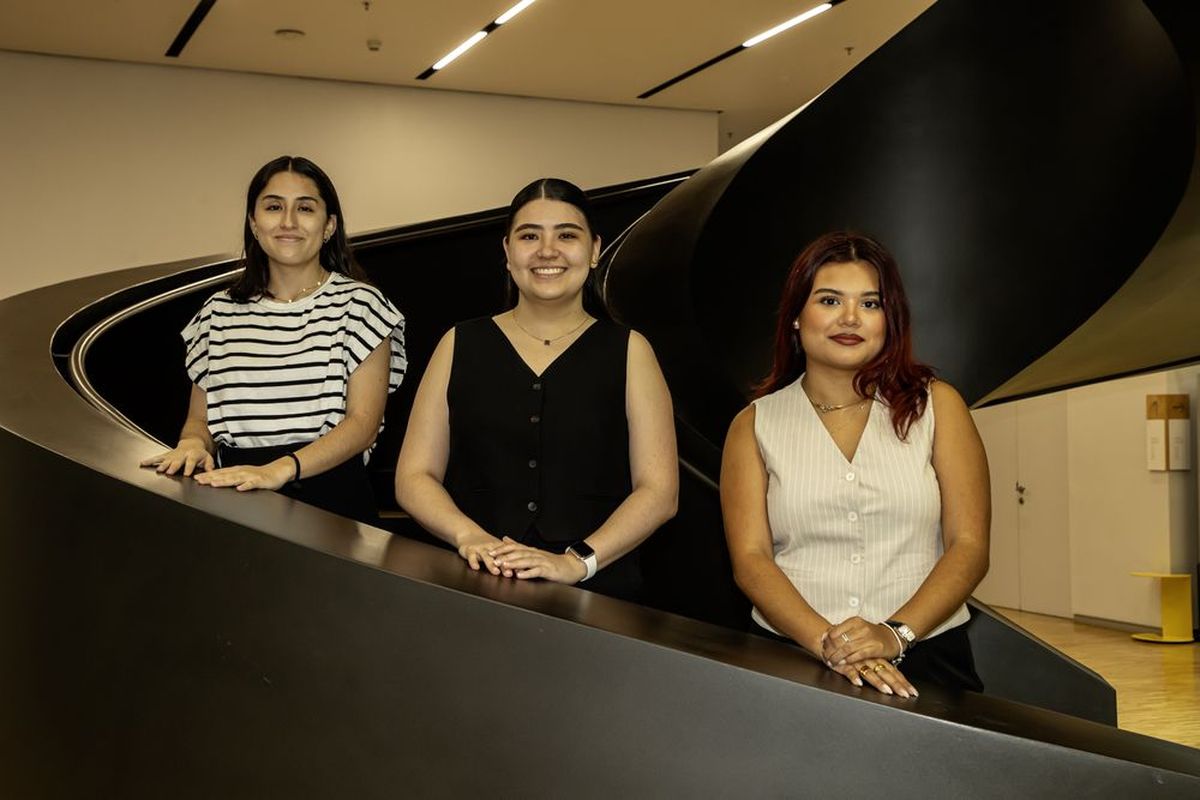 Credits: Archivo UDEM
Credits: Archivo UDEM
- Under the research titled “Rehabita Monterrey: weaving new networks between industry and city”, a group of students from Universidad de Monterrey made a proposal to transform and industrial space into a public an livable space hub, as their Final Evaluation Projecto to graduate from the Architecture program at this institution.
Three students from the Universidad de Monterrey developed an urban regeneration proposal that seeks to redefine the relationship between habitability, housing, public space, and industry.
The project, titled Rehabita Monterrey: Weaving New Networks Between Industry and City, focused on transforming a cement quarry located in the heart of the city into a community convergence hub.
The initiative, presented as their Final Evaluation Project to graduate from the Architecture program in Spring 2025, demonstrated the students’ commitment to solving complex urban problems, seeking to improve interactions between industry and the city.
The creative minds this innovative proposal are Regina González Fernández, Sofía Montserrat Chavarría Palacios, and América Nevárez Echegoyen. Their joint work brought to life a vision that promises a more balanced and resilient urban future for Monterrey.
As a fundamental part of their master plan, they proposed the creation of an urban geopark. This space would transform the "industrial edge," caused by the quarry, into an active transition point, designed for recreational activities, cultural exhibitions, and sports areas.
Regina, Sofía, and América will graduate as architects this Tuesday, June 3rd, and will celebrate on June 5th, along with the rest of their class, the UDEM Commencement, the celebration that symbolizes the beginning of professional life for recent graduates of this institution and includes a mass, the bell ringing by students with the highest recognition, Summa Cum Laude, and a message from the guest speaker, who this semester will be José Hernández, a Mexican-American astronaut whose inspiring story of overcoming was portrayed in the film "A Million Miles Away."
A PLAN TO REGENERATE INDUSTRIAL SPACES
Regina González Fernández explained that the main goal of the project was to regenerate and convert an “industrial edge” of the city into a community convergence point. She noted they aimed to use an industry-dominated area to create a more balanced dynamic between industry and society through design and urban interventions.
The team focused on CEMEX's Tanque Prieto quarry, a "huge pit" in downtown Monterrey. González Fernández explained that in architecture, an "edge" is an element that obstructs transit.
The study area, she noted, was largely uninhabited, with a phenomenon of abandonment and displacement. The few remaining inhabited neighborhoods, such as Vidriera and Mariano Escobedo, faced serious problems.
But a large part has already become an industrial zone of pure warehouses, industries, and since it's purely industrial warehouses, there's no longer a community, it's somewhat alone, meaning there are almost no people on the street, it's just trucks," she described.
These neighborhoods, González Fernández added, suffered from cracked houses, subsidences, contamination, and dust inhaled by residents. The project covered between 10 and 11 neighborhoods, with Mariano Escobedo as the central point.
The students identified three main problems: uninhabitability, disconnection, and contamination, the latter including not only environmental but also visual and auditory pollution due to constant noise.
The amount of dust in the environment, resulting from quarry exploitation, was evident. The research also revealed that Nuevo León ranks first in the economic complexity index for establishing industries, a situation dating back to the 19th century, when the government allowed the establishment of industries without restrictions to attract foreign investment.
A HISTORICAL CONTEXT AND A REAL NEED
Sofía Montserrat Chavarría Palacios explained that the proposal covered urban planning, developing a new land use map for a 220 hectare polygon around the quarry.
It included redesigning streets, roadways, and sidewalks, as well as adding green areas and facilities such as schools, all aimed at reducing the amount of industry in the area and seeking balance.
Another challenge, she commented, was learning the terms and reasons behind Monterrey's industrial character, including the economic complexity index that positions the city as an optimal place for industry.
Given that industrial growth is a reality, the plan aimed to propose new interactions so that its presence would not be invasive.
"We learned about the economic complexity index, which also helped us say that with this, Monterrey is positioned as the best place to establish industry currently," affirmed the recent graduate.
América Nevárez Echegoyen recounted that the project began in a context of high sensitivity about contamination, as it coincided with news about Cadereyta. Although they initially considered that area, the thesis delimitation led them to the quarry.
Nevárez Echegoyen acknowledged that the project was ambitious in scale and difficult to define at first. However, multiple site visits revealed the urgency of the project due to deteriorated street conditions and the lack of community.
"We were interviewing many people and they told us about all the consequences that quarry detonations have on their homes, even that they spend their time breathing stone particles and many of them have respiratory problems," she detailed.
Their documentation confirmed the pressing need for the project, aiming to strike a balance between industrial activity and the community's well-being.
A FUTURE WITH A GEOPARK AND MIXED USES
The then-students' proposal consists of a master plan with a set of urban interventions to regenerate the space, including the design of streets, roadways, vegetation, and materiality.
"What we propose is a master plan," explained González Fernández. "It's a set of urban interventions subscribed to a master plan that converts and regenerates this city space."
They also proposed a new land use map, after finding a relationship between current use and lack of habitability in industrial zones, seeking to reactivate spaces with commerce and facilities.
Subsequently, they created an urban geopark for when the quarry ceases operations, something that, according to interviews, will occur in a few years. This space would be reactivated with a varied urban and architectural program, including a children's park, sports fields, cultural areas, and an amphitheater.
The students developed a proposal for block typologies with the necessary square meters for mixed uses, seeking to attract the real estate sector and generate investment returns. The proposal combines public and private investment with existing community participation.
The proposal focused on mixed uses in much of the master plan to economically incentivize people's arrival through commerce and facilities. This way, people would have a reason to visit and live in the area.
González Fernández stated she was unaware of similar projects with such marked industrial character in the metropolitan area, although urban development plans with other approaches do exist.
She considered their project replicable in other areas of Nuevo León, although the specific geopark design could vary due to topography. The urban issue, however, can be applied to other areas, as it was based on NACTO (National Association of City Transportation Officials) guidelines and norm 004, making the model replicable for different street and roadway typologies.
Additionally, they implemented a "neighborhood centers" strategy, community gathering points with different harmonious uses. They mentioned the parish in the Vidriera neighborhood as an example of an intervened area where people concentrate and experience the space more fully.
For now, the graduates are seeking publication opportunities and hope to eventually present their project and, in the future, they would like to present it to government agencies, although they do not yet have a defined strategy for doing so.

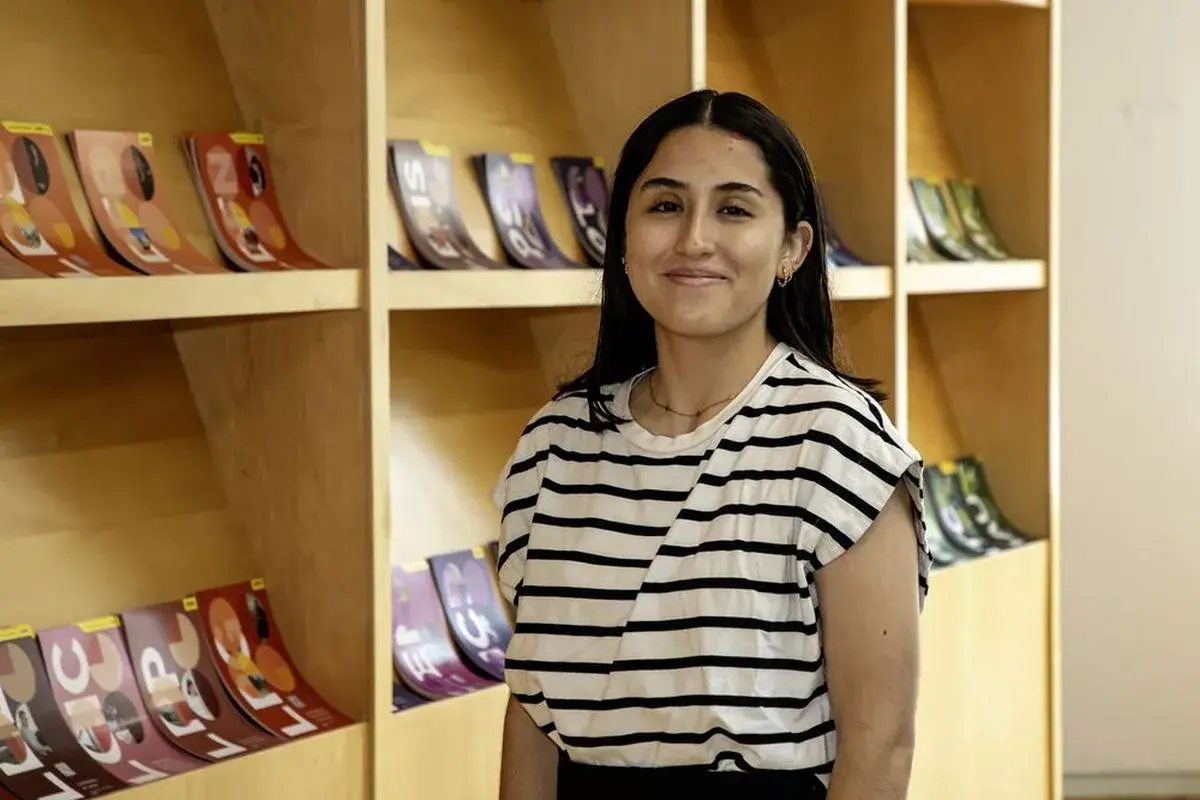

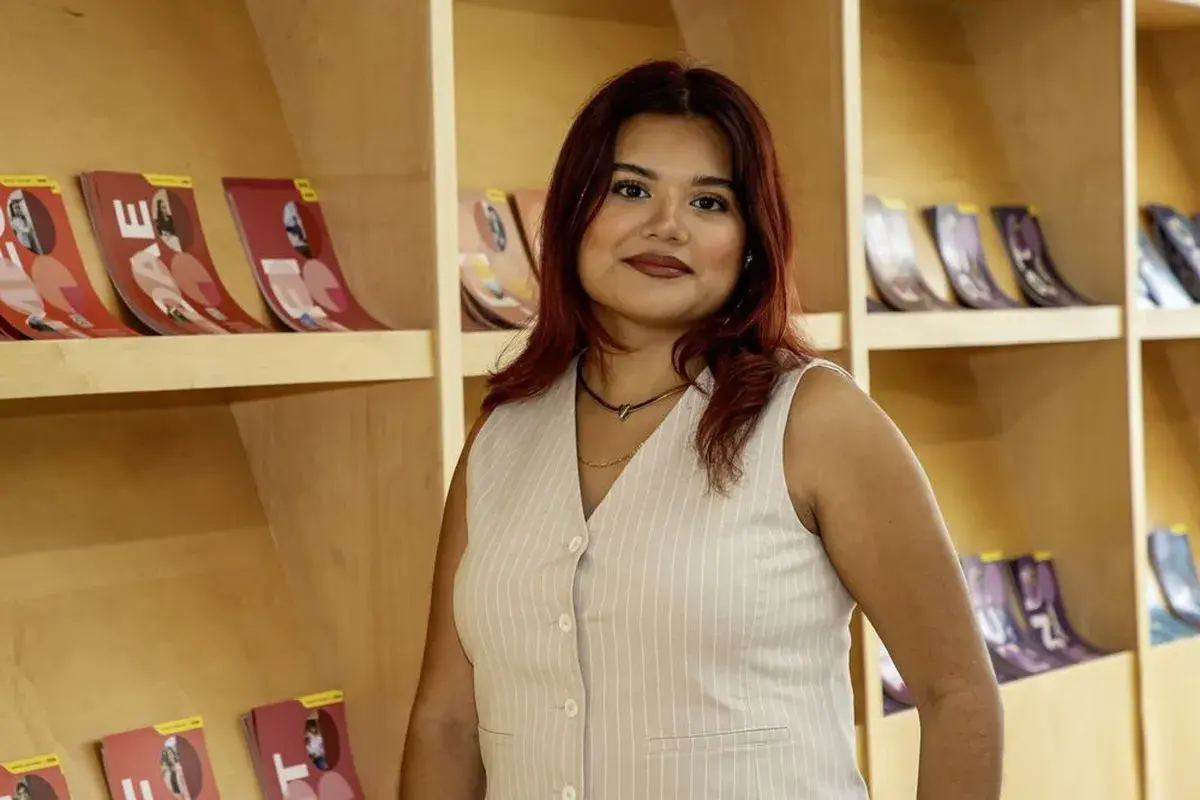
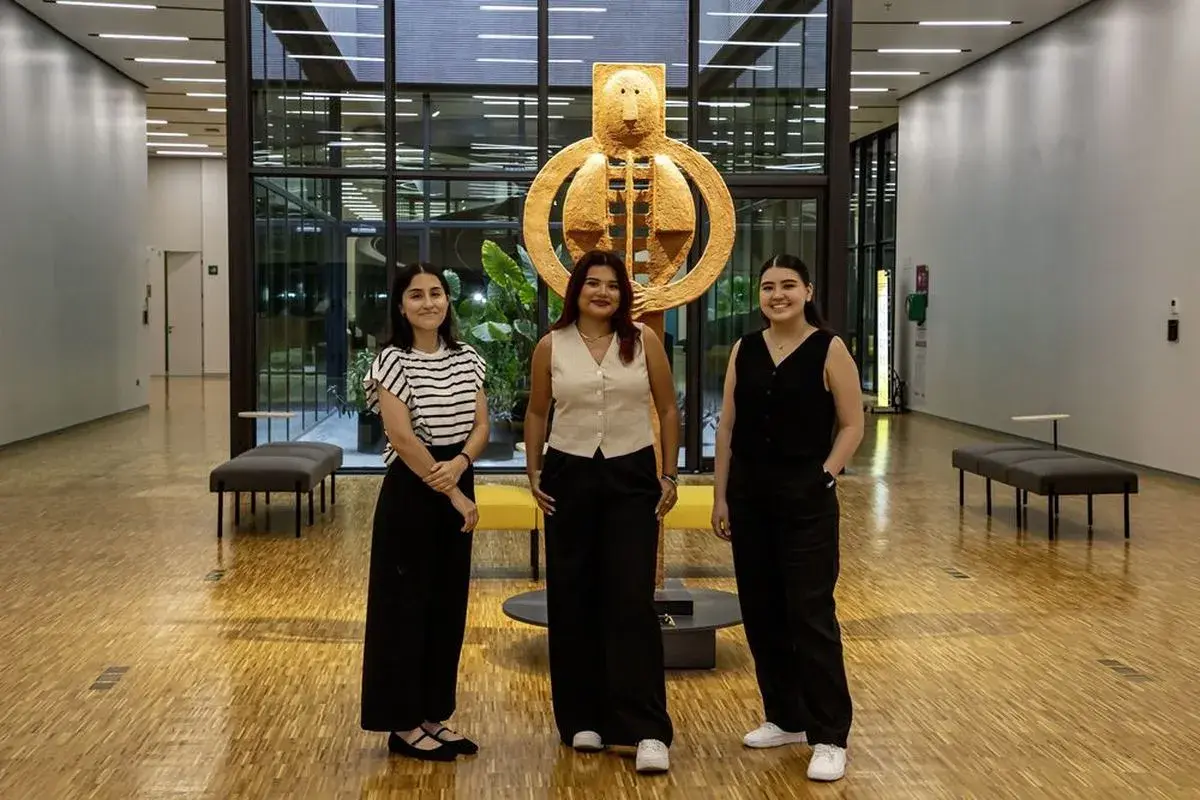
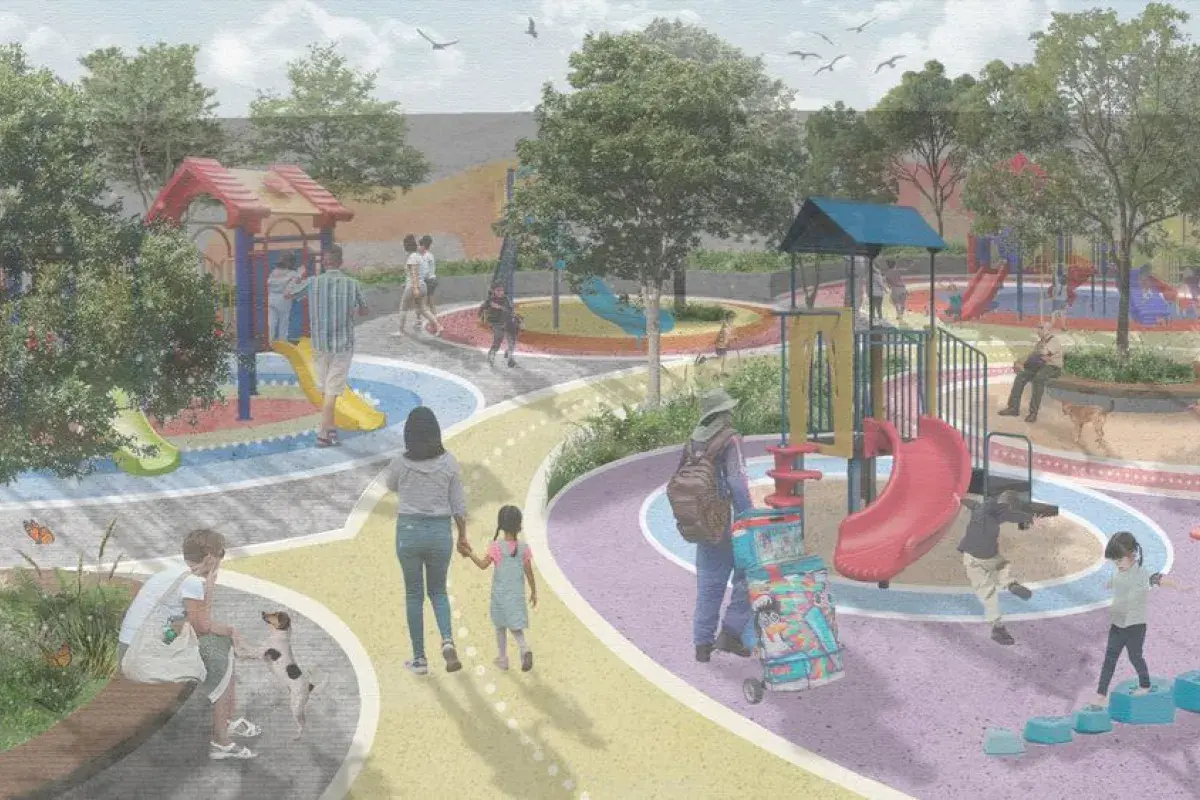

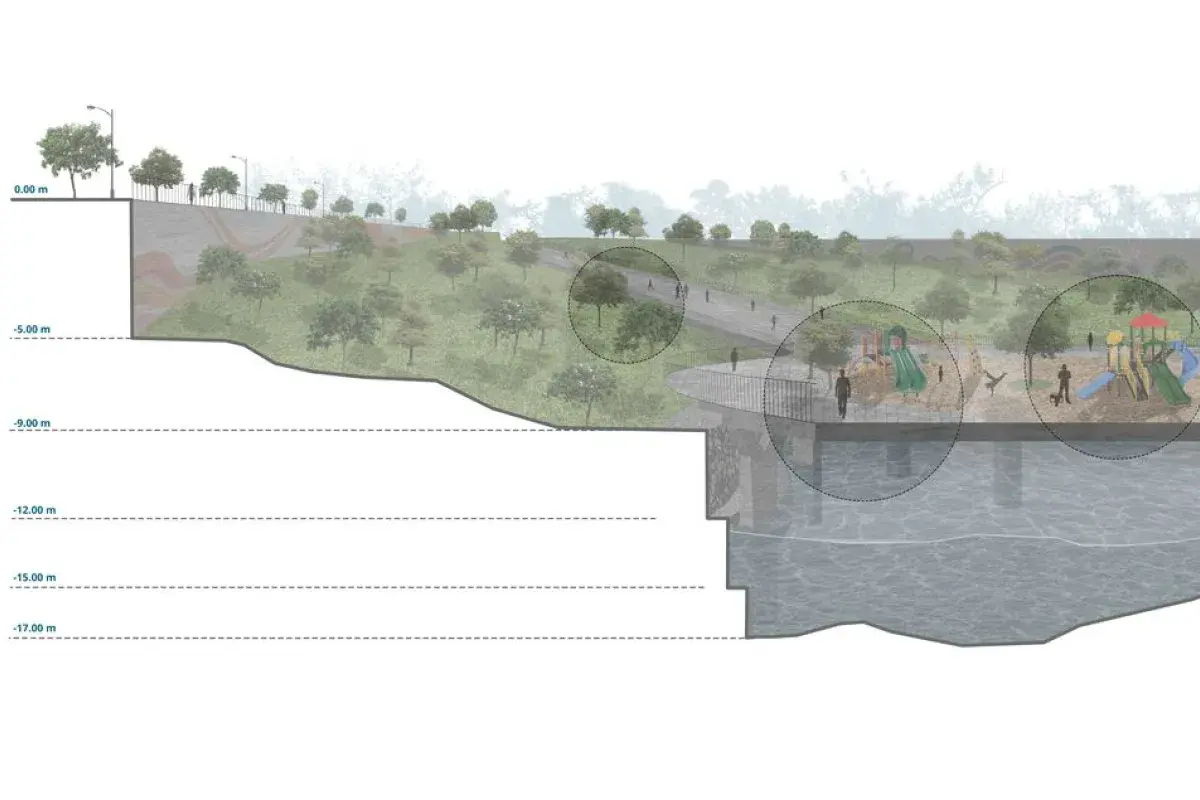
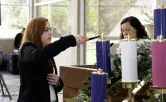
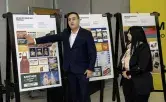

Escribe un comentario